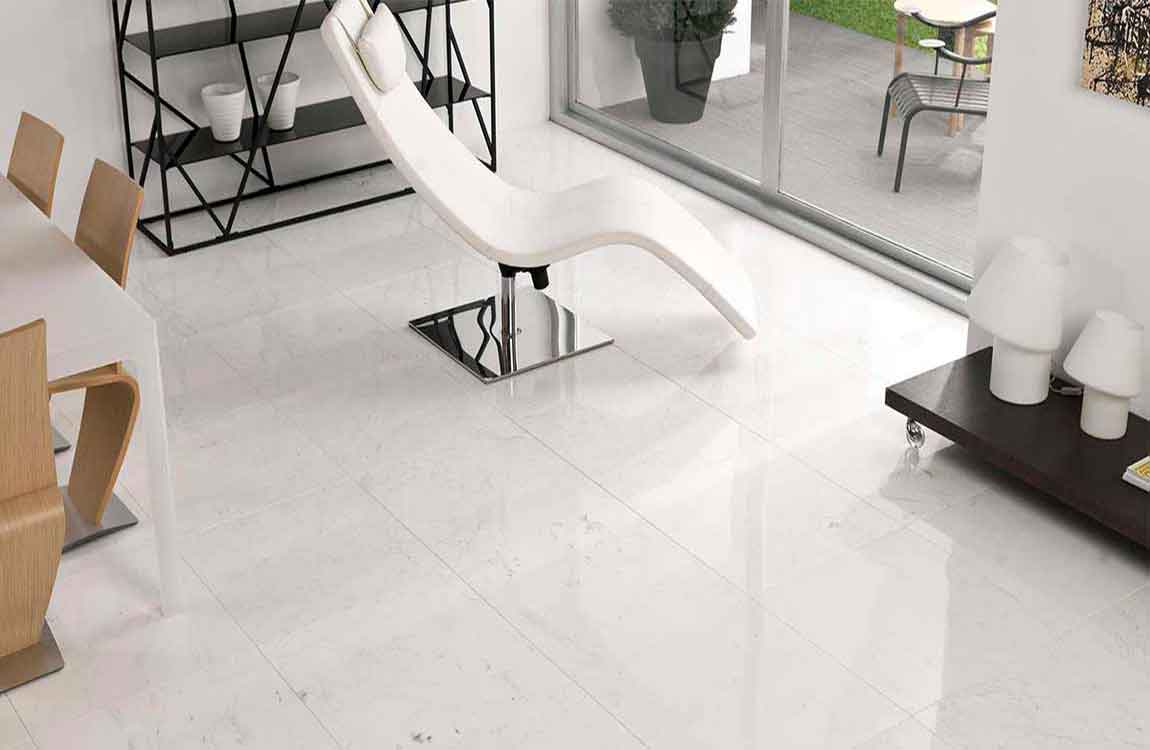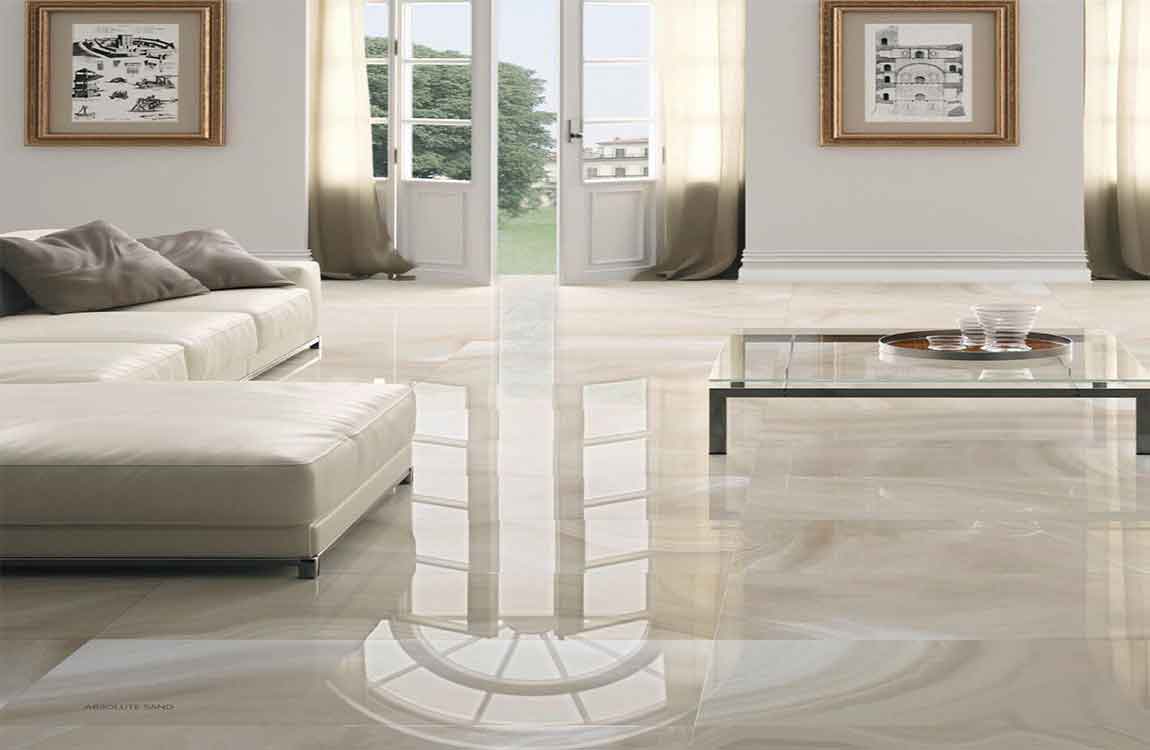How Preparing the Backsplash Surface?
Turn off the power to your kitchen. Find the electrical panel in your home. It is typically a small, metal panel painted to match your wall. Open the panel, then find the switch for the bathroom or kitchen electrical outlets (wherever you are doing the backsplash). Flick the switches to the off position. Remember to flick the switches back on after you have finished installing the tiles.
If your tiles are already on the wall and you wish to cut a hole in them, complete this step, then click here to learn how. Remove any light switch and outlet covers. Use a screwdriver to remove the screws from each cover. Place the covers into separate zippered bags along with their matching screws. Work 1 cover at a time so that you don’t mix or lose the pieces.
You will need to reinstall the light switch and outlet covers after you have finished installing the tiles. Clear and cover the counters. Move anything on the counter that might get in the way, such as coffee makers and toasters. Cover the counter with a plastic sheet to protect it. If you are installing the tiles later, it would be a good idea to mask off counters and cabinets.
This will save you a step. To mask off the counters and cabinets: lay strips of painter’s tape along any counter or cabinet edges that touch the backsplash wall. Mark the center of the wall, then draw a plumb line through it. Find the center of the backsplash wall, and make a like mark with a pencil.
Place a 2-ft (61-cm) level against the mark and orient it vertically. Use the edge of the level as a ruler to draw a vertical line spanning the height of your backsplash. The plumb line will help you lay out your tiles evenly once you go to mount them on the wall. Make sure that the level is straight. The bubble inside the glass tube should be centered between the lines.
















